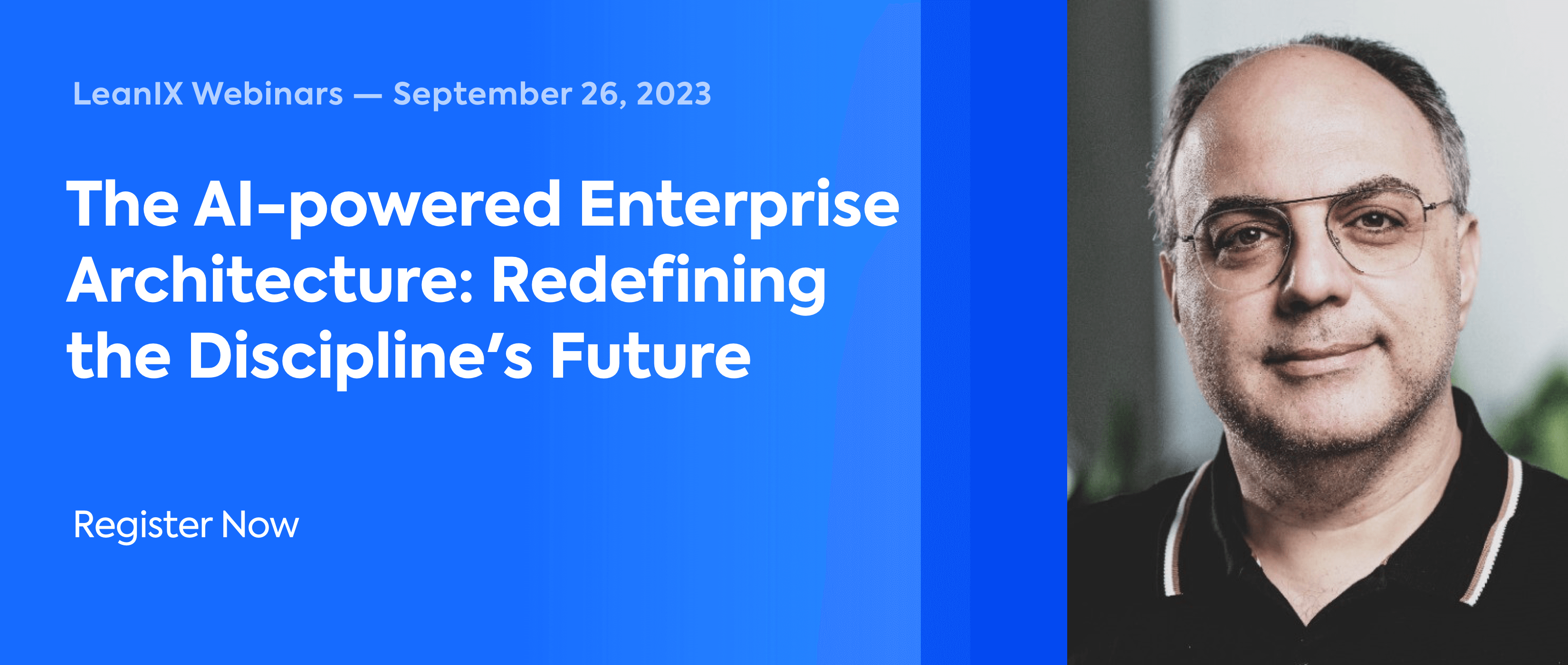
Artificial intelligence (AI) and machine learning (ML) are terms that are often used interchangeably, despite being only related technology. Learn the key differences between the two fields and how you can leverage each.
Artificial Intelligence Vs Machine Learning
Artificial intelligence (AI) is developing apace and is likely to overtake many industries in the near future, while machine learning (ML) is an equally important, though less talked about technology.
What, however, are the key differences?
Artificial intelligence (AI) is intelligence exhibited by machines. In computer science, the field of AI research defines itself as the study of "intelligent agents": any device that perceives its environment and takes actions that maximize its chance of success at some goal. Colloquially, the term "artificial intelligence" is applied when a machine mimics "cognitive" functions that humans associate with other human minds, such as "learning" and "problem solving".
Machine learning is the subfield of computer science that, according to Arthur Samuel in 1959, gives "computers the ability to learn without being explicitly programmed."Evolved from the study of pattern recognition and computational learning theory in artificial intelligence, machine learning explores the study and construction of algorithms that can learn from and make predictions on data– such algorithms overcome following strictly static program instructions by making data-driven predictions or decisions, through building a model from sample inputs.
Early Days
The concept of artificial intelligence (AI) has been around for millenia. Even Greek mythology mentioned human-like machines that copied human behavior.
Even early computers were considered logical machines as they were able to reproduce “intelligent” capabilities, such a arithmetics and memory. Engineers of that era saw it as an attempt to create mechanical brains.
Nowadays, something as “trivial” as a calculator function doesn't go hand-in-hand with our current concept of AI. As technology and also the understanding of neuroscience has advanced, our expectations of what qualifies as AI has changed.
Nowadays, we don't expect AI to give us the answer to complex calculations, rather we expect it to mimic human decision-making processes and elaborate intelligent conversation with us.
We now have created three main categories for AI:
- Applied AI: Systems designed to intelligently trade stocks and share, or for example self-driving cars.
- Generalized AI: Systems which could successfully perform any intellectual task that a human being can. This is the primary area that has led to the development of machine learning.
- Generative AI: Systems that can create human-comparable content.
The rise of Machine Learning
So, what contributed to the emergence of Machine Learning? Basically, there were two factors;
- The realization that Arthur Samuel had in 1959, that there existed a possibility to teach computers to learn for themselves, rather than teaching them everything from the start that they needed to know
- The second factor came to be with the emergence of the internet, which created a huge database of digital information, ready for analysis. This forms the base for large language models (LLM) that are currently being developed.
With these two factors at hand, engineers found out that it is far more efficient to code machines to think like humans rather than teaching them everything. After this, you just need to plug them into the internet to give them access to all of the information existing in the world.
Of course, this statement makes it sound simple, but there is a lot more in making a computer be able to process like a human being than meets the eye.
Neural Networks
The development of neural networks is the key to make machines understand the world as we do. Neural networks are a set of algorithms, modeled loosely after the human brain, that are designed to recognize patterns.
They interpret sensory data through a kind of machine perception, labeling or clustering raw input. The patterns they recognize are numerical, contained in vectors, into which all real-world data, be it images, sound, text, or video, must be translated.
It can be taught to recognize images for example, and classify them according to the elements they contain.
This works on a system of probability; it is able to make decisions, statements or predictions based on the data it given. Adding a feedback loop to this enables “learning” and thus modifies the approach taken to resolve a problem in a future.
Machine Learning applications are being used nowadays already to analyze for example if a text written by a person is a complaint or a praise. This has also been used in applications to hinder online bullying.
Other things ML is able to do include listening to a piece of music and deciding if it is likely to make someone happy or sad, thus also being able to find other pieces of music to match the mood. Some ML have gone as far as composing their own music to adapt to a certain mood.
The possibilities of machine learning are infinite, and thanks to many sci-fi movies, we also have a lot of expectations for them, mainly being able to communicate with electronic devices, as if there were real human beings on the other side, creating another field: generative AI, .

.png?width=140&height=107&name=BTMPlaybook-FI%20(1).png)

